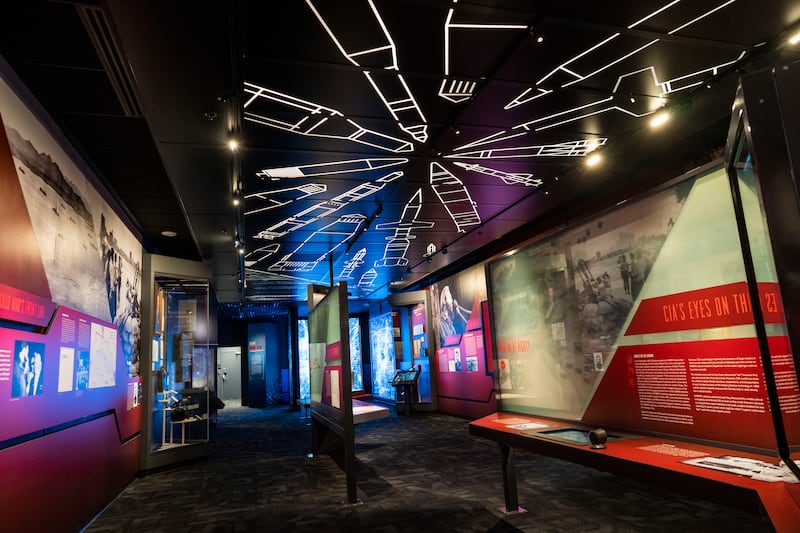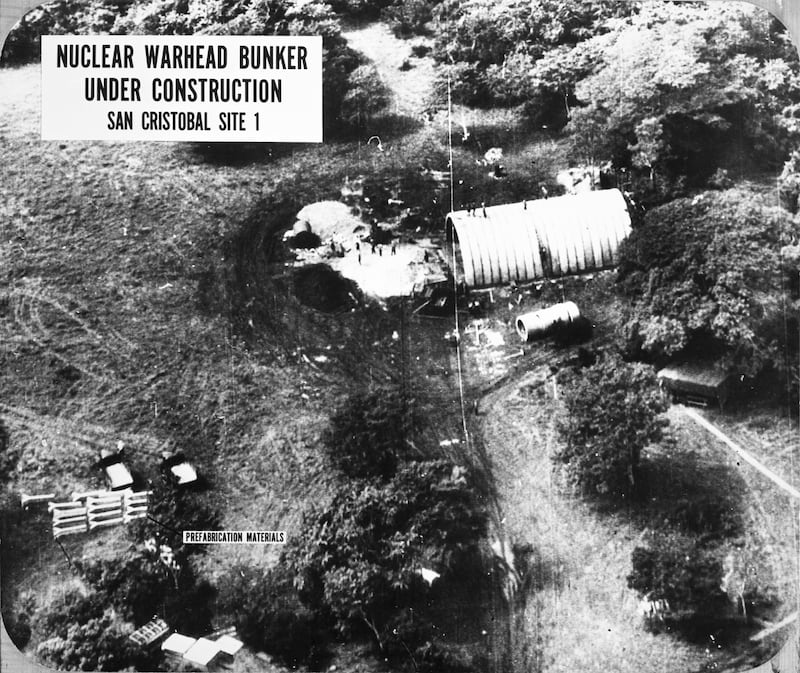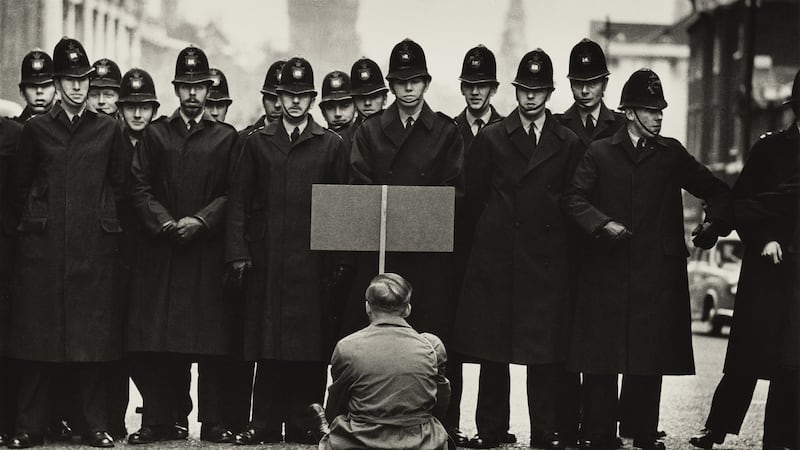Three years ago, I wrote a feature article about visiting a former Soviet missile base in Cuba, one which had played a central role in the Missile Crisis of 1962. Richard Hollis, the British graphic designer, wrote to tell me that he’d been in Cuba during the summer of that year, had seen a truck in the countryside packed, bafflingly, with Russian “farm workers”, and was willing to show me his diaries and photographs from that trip.
Naturally, I went at the earliest opportunity to visit him at his home in London’s Lloyd Square where, in the end, we talked as much about his friendships with John Berger, Ted Hughes and Sylvia Plath, and the early days of the magazine Modern Poetry in Translation (designed by Richard) as we did about Cuba.
Earlier this year, prompted by the realisation that October 2022 marked the 60th anniversary of the Crisis, we hit upon the idea of collaborating on an article or picture essay combining his black-and-white photographs, mine from the present day, excerpts from his diaries and also excerpts from among the oral histories I have collected in Cuba by those who remember that period. Soon, our project started to grow in scope and – having received little interest from newspapers in Britain – it wasn’t too long before we decided to turn it into the book Cuba ‘62: Preludes to a World Crisis.
There are innumerable histories of the Missile Crisis, most of which come at the subject entirely from the perspective of its key players: the US and USSR. We wanted very much – to the best of our abilities, as outsiders – show something of the Cuban perspective, both within the text and visually (Cuba ‘62 has 84 images in it).
READ MORE
It is impossible to understand how that moment came about without knowing a little of Cuban-American relations and the Cuban Revolution which brought Fidel Castro to power in 1959. We tried to evoke the atmosphere of those fraught 13 days which followed John F Kennedy’s televised address on October 22nd, 1962 (also the moment most Cubans learned of nuclear warheads in their country), during which he stated: “The purpose of these bases can be none other than to provide a nuclear strike capability against the Western hemisphere … missiles in Cuba add to an already clear and present danger.”

We also incorporated other depictions of Cuba from that period. I translated sections of the Spanish novelist Juan Goytisolo’s travelogue A People on the Move. Often sitting side by side, Richard and I discussed the design and layout of each page, playing with ideas of juxtaposition and techniques of cinematic montage. Agnès Varda’s romantic documentary Salut les Cubains appears; Sergei Eisenstein, naturally; and ICAIC (the Cuban film institute) lent photographs from that remarkable Cuban film Memories of Underdevelopment. The John F Kennedy Presidential Library and Museum sent us the famous CIA reconnaissance photo, proving the existence of nuclear warheads, which shows the same missile hangar (one of only two structures still in place from 1962) I photographed in western Cuba in 2019.
Little did we know, working on the book over the course of this summer, that elements of it would assume a tragic poignancy by the time it was published. We had noted that most of the missiles and warheads came to Cuba in 1962 from regimental bases of the Soviet 43rd Missile Division in present-day Ukraine – cities devastated, this year, by Russian missiles.
Putin rules by decree, aiming to keep control of a humiliated army whose top brass must, by now, be desperate to regain prestige through any means
Already in January, Russia’s deputy foreign minister threatened to deploy “military assets” to Cuba if the US continued to support Ukrainian sovereignty; in July, Andrei Gurulyov, a Russian politician speaking on state television, advocated stoking a new Cuban missile crisis by moving supersonic weapons within striking distance of the US. Russian president Vladimir Putin has, since, stated he would consider using tactical (short-range) nukes or a “dirty bomb” in Ukraine and – the day after our book was published – US president Joe Biden said: “We have not faced the prospect of Armageddon since Kennedy and the Cuban Missile Crisis.”

Parallels between those days and the current war in Ukraine are easy to draw but, equally, should not be overplayed. The stand-off in October 1962 was resolved through skilful diplomacy on both sides. It will be many years before we learn the current extent of back-channel communication between the White House and the Kremlin; what seems sure – and hence so worrying – is that constructive dialogue will turn out to have been paltry in comparison to 1962. Like his predecessor, Biden has made commendable efforts not to escalate the situation, at least publicly; but, unlike in Kennedy’s case, Biden’s counterpart is not a career politician, but a former KGB colonel schooled more in subterfuge and disinformation than in diplomacy.

The conflict in Ukraine is a chaotic “hot” war which necessarily means the scope for error or miscommunication is far greater than in 1962. Back then, Soviet leader Nikita Khrushchev’s plans – at least in theory – had to be passed by the Praesidium and Central Committee of the USSR’s Communist Party; Putin rules by decree, aiming to keep control of a humiliated army whose top brass must, by now, be desperate to regain prestige through any means. While today there are many more security systems – locks, codes, protocols – to safeguard against the inadvertent use of a nuclear weapon (at least a conventional one), Putin’s hold on power hinges absolutely on what happens in Ukraine.
What would the US response be to the use of a nuclear bomb there? Conventional weapons are so much more powerful and accurate these days, there would be no need for such a calamity to entail thermonuclear exchange. (The Russian Black Sea Fleet, from where so many missiles are launched, could quite easily be destroyed, as could similar strategic targets.) And in 1962 there were just two nuclear powers. Now there are several – a US response in corresponding terms would be deeply irresponsible owing to the dangerous precedent it would set.
Amid all the recent analysis of rhetoric and realpolitik, it is important to remember that yet more, innumerable, Ukrainian civilians would be the first victims of any such escalation, just as Cubans would have been 60 years ago.
Cuba ‘62: Preludes to a World Crisis, by JS Tennant and Richard Hollis, is published by Five Leaves














